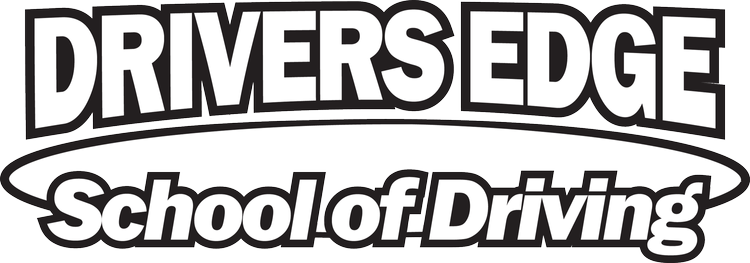“Trailers Part 2”
Now that you are aware of the items to look out for before you get on the road and your transportation load is firmly secured, what do you do when you are on the road? In this week's blog, part 2 of our trailer series, we will discuss aspects of driving on the roadways.
Drive at a Comfortable Speed: Driving with a trailer attached will affect your vehicle’s handling, so it is best to drive at a slower, more comfortable speed than you normally would. Increased speeds increase the risk of the trailer swaying or becoming unstable. Some locations have additional speed regulations for trailers so be on the lookout for those. When driving with a trailer, your mass is increased. This will make accelerating difficult in all directions, speeding up, slowing down, and turning.
Check Your Mirrors: Towing a trailer changes your field of vision, so you’ll need to adjust your mirrors to account for the extra length. It is crucial to have a clear view of the trailer and the area behind you, especially when switching lanes or merging onto highways. Before taking off, adjust your mirrors so that everything is in view.
Take Turns Slowly and Wide: When you are towing a trailer, turns can be trickier than normal turns. The trailer doesn’t always follow your vehicle’s path. Just like when you turn your rear wheels make a tighter radius than your front wheels the same goes for your trailer. The exact radius of the turn depends on how long the trailer is and how far the wheels are from the vehicle. Drivers will need to take turns wider than they normally do. Keep this fact in mind when you are planning your route to help alleviate tricky situations if possible.
Keep a Safe Distance: Driving with a trailer means stopping takes longer. It is important to leave a large gap between you and the vehicle in front of you. If the weather is poor or traffic is heavy, give yourself more space.
Use Your Brakes Smoothly: Braking with a trailer slightly differs from braking with a normal vehicle. With the added weight you may be required to brake harder than you normally do. It is advised to give yourself as much time to break as possible. This allows you to gradually come to a stop when applying firm and controlled brake pressure. Sudden or harsh braking can cause the trailer to sway or fishtail, making it hard to keep in control.
Be Careful on Hills: Driving up hills may be a challenge. Going uphill with a trailer can be harder on your engine. Attempt to continue at a constant pace, but do not overwork your engine. Downhill, the weight of the trailer will pull you down the hill. This will increase your speed. Be sure to maintain your brakes as relying too heavily on your brakes going downhill can cause them to overheat and fail. To avoid overuse of the brakes, drivers can use engine braking to slow down the vehicle. (We will discuss this process in a future blog)
Parking and Stopping: Parking with a trailer can be tricky, so take the time to find a space with plenty of room. Look for wide spots that have a greater area for maneuverability. Always plan ahead for parking when you are towing, and be patient while maneuvering into spaces.
Towing a trailer requires more awareness than operating a traditional automobile. However, with a healthy understanding of the physics, common hazards, and practice, most people can become proficient in trailer operation. A major part of trailer operation is backing up. We will cover how to reverse a trailer in the next installment of this blog.
